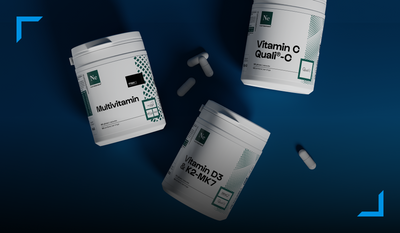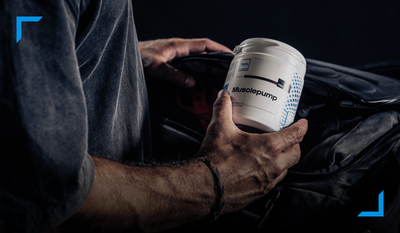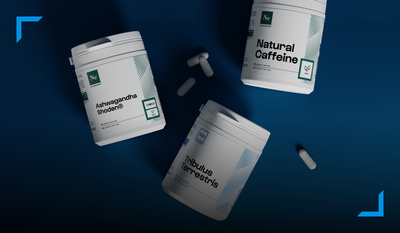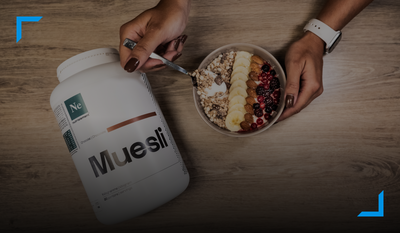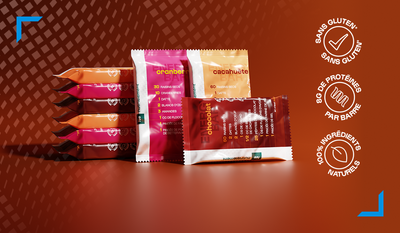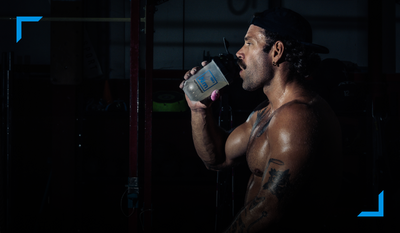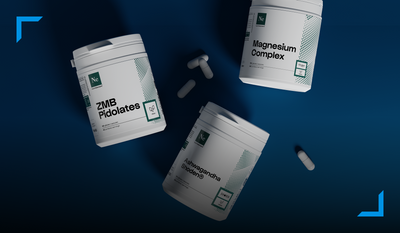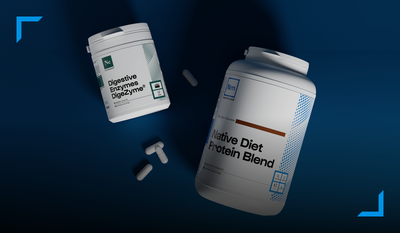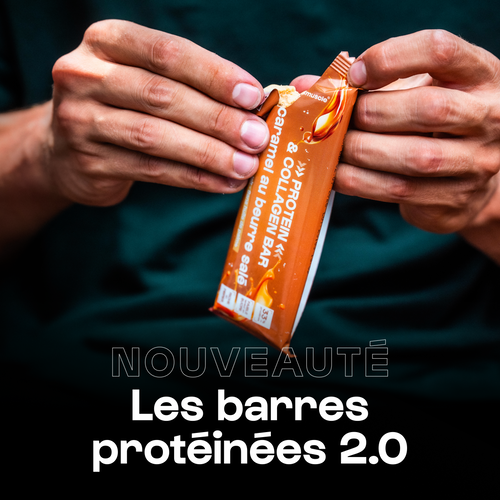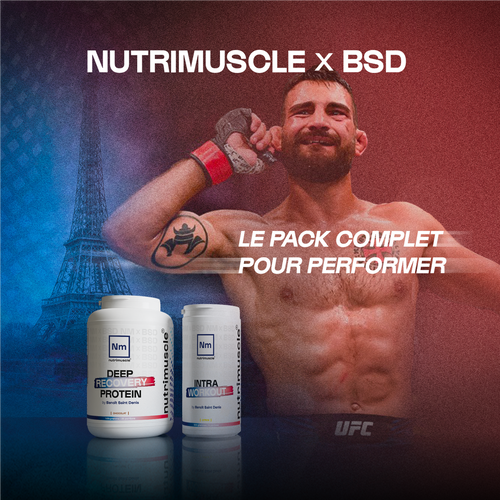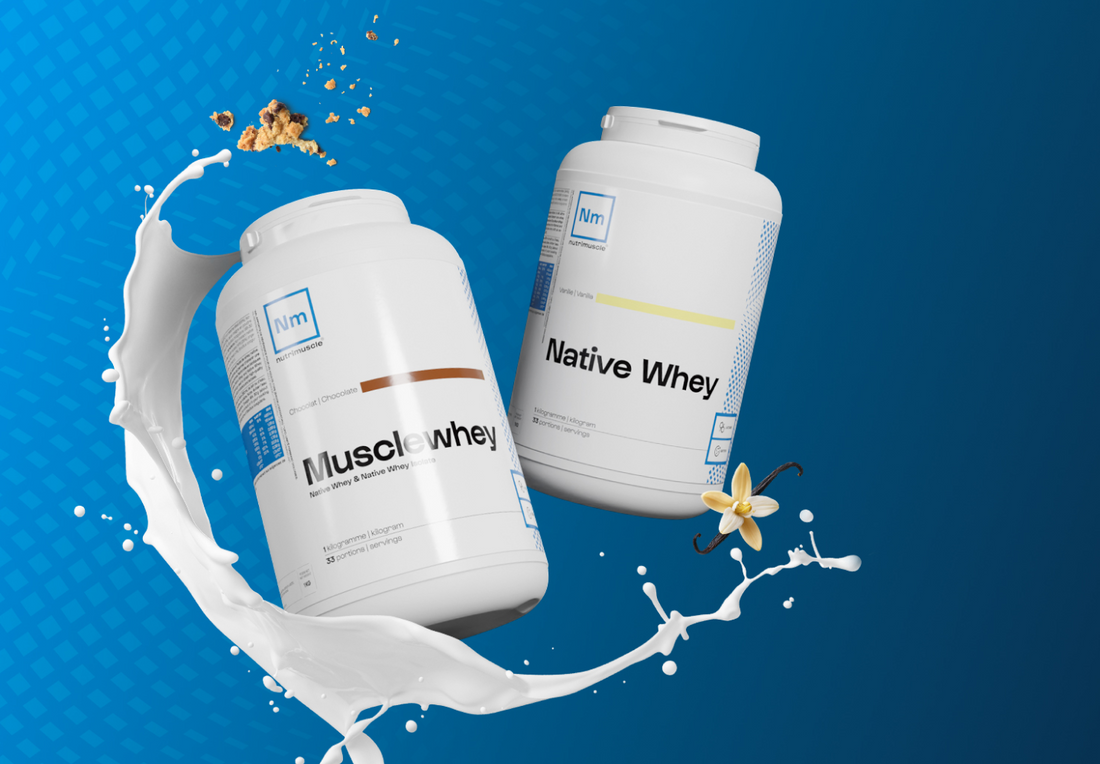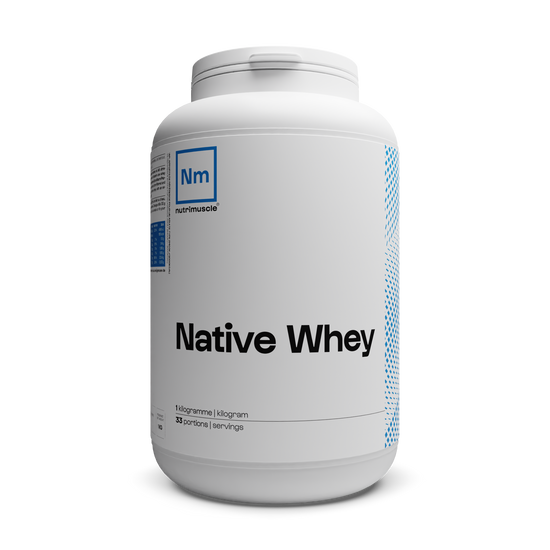0 commentaires
To choose your proteins, two major criteria will be the common threads that will have to follow you in the selection of the latter. Firstly, quality is essential for the choice of your proteins. It will be decisive in achieving your objectives and also in preserving your health. Finally, your personal objectives will guide you in this choice.
Why take protein?
The usefulness of proteins
Proteins are one of the 3 macronutrients essential for the normal functioning of the body with lipids and carbohydrates. They play a role in the growth and renewal of tissues including muscles but also other functions such as physiological functions. Proteins must be provided in sufficient quantities via food in order to nourish these muscle cells and fulfill its vital functions for the body. Indeed, the body cannot synthesize all the amino acids on its own.
For an athlete, the recommended daily doses vary between 1.5 to 1.8 g/kg/day of protein.
Why take protein powder?
Having mentioned the importance of consuming protein in general, we will now look at the benefits of consuming it in powder form.Here are some of the benefits of taking protein powder , in the form of dietary supplements :
- Improves Post-Workout Recovery: Protein is essential for muscle tissue recovery and repair after training. Consuming protein powder post-workout can help reduce muscle soreness and improve recovery, which can help improve performance in subsequent workouts.
- Increases Muscle Mass: Protein powder can help increase muscle mass when consumed as part of a strength training program. Protein powder contains amino acids, which are the building blocks of protein, needed for muscle protein synthesis.
- Helps with weight loss: Protein powder can help with weight loss by reducing appetite and increasing satiety. Protein powder can also help maintain muscle mass during weight loss, which can help burn fat more efficiently.
- Easy to Use and Carry: Protein powders are easy to use and carry, making them ideal for people with busy and active lifestyles. Protein powders can be added to smoothies, shakes, yogurts, energy bars, and even cooking recipes.
What quality should you choose for your protein?
Different criteria must be taken into account to choose the best possible quality protein.
The quality of the aminogram
The aminogram of proteins is one of the determining elements for the choice of your protein powder in order to optimize their effects. Having a complete aminogram and not deficient in one or more essential amino acids is a criterion to take into account when choosing a protein.
An aminogram is an analysis that measures the amounts of amino acids present in a protein. It is important to understand how to interpret an aminogram to recognize the quality of protein powders. Here are some points to consider:
- Essential Amino Acid Content: Essential amino acids are those that our body cannot produce on its own and must therefore be supplied through diet. Protein powders must contain all of the essential amino acids in sufficient quantities to be considered a quality protein source. Essential amino acids include leucine, isoleucine, valine, lysine, methionine, phenylalanine, threonine and tryptophan.
- Branched Chain Amino Acid Content: Branched Chain Amino Acids (BCAAs) are essential amino acids important for building muscle. They include leucine, isoleucine, and valine. Protein powders should contain adequate amounts of BCAAs to support muscle growth.
- Amino Acid Profile: High-quality proteins have a complete and balanced amino acid profile. This means that all forms of amino acids are present in sufficient amounts to support bodily functions.
What about plant proteins?
Plant proteins seem to be a good alternative to animal proteins, but the reality is more complex. Indeed, they are 3x to 5x less expensive to produce and are resold 1.5x to 3x more expensive. Plant proteins are also less well assimilated, so their effect is less. In most cases, they will have an incomplete aminogram and will not be optimal for muscle building.
The different extraction methods
One method of extracting protein powder is ultrafiltration. This method involves passing the protein through a porous membrane that allows only protein molecules of the appropriate size to pass through. Impurities and other molecules are filtered out, leaving a highly concentrated protein powder. This method is often used to produce protein powders that are high in protein and low in fat and carbohydrates.
Microfiltration is another method of protein powder extraction. It uses a finer filtration membrane than ultrafiltration, which filters out protein molecules of the appropriate size while allowing smaller peptides and amino acids to pass through. This method is often used to produce higher quality protein powders, containing peptides and amino acids that can be absorbed more quickly by the body.
A more traditional protein powder extraction method is salt precipitation. This method involves adding a salt to the protein solution, causing the protein powder to precipitate. This method is often used to produce cheaper protein powders, but it can also alter the properties of the protein, making it less effective for building muscle.
The different filtration methods
There are three types of whey available on the market: whey concentrate, whey isolate and whey hydrolysate .
Whey concentrate is the most common form of whey protein. It is produced by filtering whey to remove water, fats, and carbohydrates. Whey concentrate typically contains between 70% and 80% protein, with the remainder made up of lactose, fats, and minerals.
One of the benefits of whey protein concentrate is that it is less expensive than other forms of whey protein. It may also contain more nutrients than other forms of whey protein because it is not processed as much. However, whey protein concentrate may contain more lactose and fat than other forms of whey protein, which may be problematic for people who are lactose intolerant or looking to reduce their fat intake.
Whey isolate is a purer form of whey protein. It is produced by filtering whey repeatedly to remove the majority of fats, carbohydrates, and lactose. Whey isolate typically contains over 90% protein.
One of the benefits of whey isolate is that it contains less fat and lactose than whey concentrate, which can be beneficial for those who are lactose intolerant or looking to reduce their fat intake. Whey isolate is also absorbed more quickly by the body than whey concentrate, making it ideal for consumption immediately after training.
Whey hydrolysate is the most advanced form of whey protein. It is produced by treating whey with enzymes to break down the proteins into smaller, more easily absorbed peptides. Hydrolyzed whey typically contains over 90% protein.
One of the benefits of whey hydrolysate is that it is absorbed by the body even more quickly than whey isolate, making it ideal for consumption immediately after training. It is also less likely to cause bloating or digestive issues than other forms of whey protein.
Ultimately, the choice between whey concentrate, whey isolate, and whey hydrolysate depends on your needs and constraints.
Which protein sources should you choose?
Native whey or cheese whey?
Native whey comes directly from cow's milk. The raw material is then composed only of milk proteins and not of cheese waste. It does not require any chemical manipulation or addition of dubious products. Naturally, it does not contain GMP.
Finally, it has a very high quality undenatured aminogram. It is rich in essential amino acids since it contains all 10 essential amino acids in proportions that allow increased muscle growth.
For whey cheese, the raw material is completely denatured due to a chemical process that alters the molecular structure of milk proteins so that they become cheese.
When cheese is made, chemical reagents are introduced into the milk. This chemical process results in the appearance of GMP (Glycomacropeptides) in the whey cheese. GMP are not natural proteins, they are made up of an agglomerate of sugars (up to 30%) and amino acids (up to 70%). But that's not all, as the whey obtained takes on a yellowish appearance, it is generally bleached using a bleaching chemical. In addition, according to scientific analyses, traces of chemical preservatives are found in whey cheese.
Native whey is therefore the best whey that can be produced and consumed because it is of high quality and not denatured.
Egg proteins
Egg protein powder is a very good alternative to milk protein, with a very complete aminogram. It allows you to vary your protein sources and thus optimize muscle development. It is also a very good option for people who are lactose intolerant.
Be careful about where the eggs come from, though; make sure you have free-range hens.
Meat proteins
On the food supplement market, there are also beef, pork and chicken proteins. These protein powders are often made with meat waste. We strongly advise against turning to this type of protein.
The Importance of Protein Powder Purity
What additives are present in protein powder supplements?
Make it a habit to look at the ingredients in protein powders to check for additives that are not beneficial to your health.
This is the case, for example, of soy lecithin, present in some protein powders. Its problem lies. Indeed, although it may not have negative impacts on health, since the arrival of GMOs, some manufacturers using soy lecithin do not know how to determine whether it contains it or not. Unless you have a traceable and reliable source of soy lecithin, prefer a protein without this additive.
The presence of sucralose in proteins provides sweetening power to proteins without glycemic impact and without danger to health if its consumption is moderate.
For a purer composition, opt for unflavored protein when possible, and make your own blend.
Which whey to choose according to your sporting goals?
Now that you know how to distinguish a good protein from a bad one, it's important to choose the one that's best for you.
The choice of proteins should be correlated with the time of your workouts so as not to disrupt them. Proteins can weigh on the stomach if taken just before. This choice will therefore be personal to each individual and according to your physical objectives.
Compare our proteins according to your needs to make the most suitable choice!
Depending on your physical goals
Depending on your sport and your physical goals, the proteins to favor will be different. (see the table below)
Proteins for mass gain
To gain mass quickly: Musclemasse – Hard gainer
The Musclemasse Hard Gainer Nutrimuscle is dedicated to athletes who want to gain muscle mass quickly. It is aimed at people who are beginners or have an ectomorphic physique (who have difficulty gaining weight), and will subsequently be able to change gainer as their physique gains volume.
For this, it is made up of 75% carbohydrates and 20% proteins. The anabolic properties of Musclemasse are attributed to it thanks to native whey and total milk proteins. In addition, the fast-assimilating carbohydrates: Maltodextrin and Dextrose contained in the gainer, are easy to absorb and digest. Thus, thanks to the muscle gain and its high energy intake, Musclemasse helps facilitate the athlete's progress.
To gain lean mass and limit fat: Lean Gainer Egg Protein & Oats
Lean Gainer Egg & Oat Protein is suitable for athletes who want to gain lean muscle mass. They are aimed at people who already have an intermediate level or those with an endomorphic physique and who want to be careful about gaining fat.
For controlled mass gain: Lean Gainer Whey & Oats
We recommend Lean Gainer Whey & Oats to people who want to maintain their muscle mass while controlling their weight gain. Thanks to its richness in fiber and protein, it provides an effective satiety effect. It is composed of 41% protein, 40% carbohydrates, 7% lipids and almost 10% BCAA.
Protein for muscle gain
Native Whey Isolate : Native Whey Isolate provides amino acids needed for muscle growth and recovery. This protein helps stimulate anabolism and repair muscle fibers damaged by exercise.
MuscleWhey : This blend of native whey and native whey isolate provides a deep action on protein synthesis for powerful anabolism and optimal recovery.
Micellar casein isolate : the dual action of Casein Isolate allows on the one hand to carry an anabolic action thanks to the rapid assimilation of whey and on the other hand an anti-catabolic action thanks to the slow assimilation of micellar casein.
Proteins for cutting
Diet Protein Blend : the protein and nutri-fiber intake with Diet Protein Blend contribute, thanks to their satiety effects, to weight loss. Indeed, the mixture allows you to control your caloric intake and limit excessive snacking. Diet Protein Blend thus limits the intake of fat in the body.
Micellar casein is a protein that is assimilated much more slowly than whey. It therefore provides the muscles with amino acids in a constant and prolonged manner. This then allows for maintaining high anabolism over several hours and facilitating fat burning over this period. In short, you keep your muscles while burning more fat.
Micellar casein is slowly digested, so it provides an appetite suppressant effect that allows you to space out your meals more and moderate your appetite. Thanks to these effects, you will optimize your weight loss.
It is therefore the best protein to consume during the drying period.
For what time of use?
There are different types of proteins, each of which responds to a different assimilation speed:
- Casein will have a slow assimilation, allowing a strong satiety effect
- Whey concentrate, or whey, is the most common protein with an average assimilation time.
- Whey isolate will be assimilated very quickly by the body and have a higher protein content than classic whey.
- Casein hydrolyzate, on the other hand, will have the fastest assimilation, because it is already pre-digested.
Milk protein intolerances
If you don't digest lactose well, here are some alternatives available to you:
The first solution will be to consume egg protein, as mentioned above.
For people wishing to consume milk proteins, different solutions are available to them. Wheys reinforced with lactase, the enzyme allowing the digestion of lactose, allow the consumption of milk proteins without digestion problems.
Finally, taking lactose-free whey is also an alternative.





